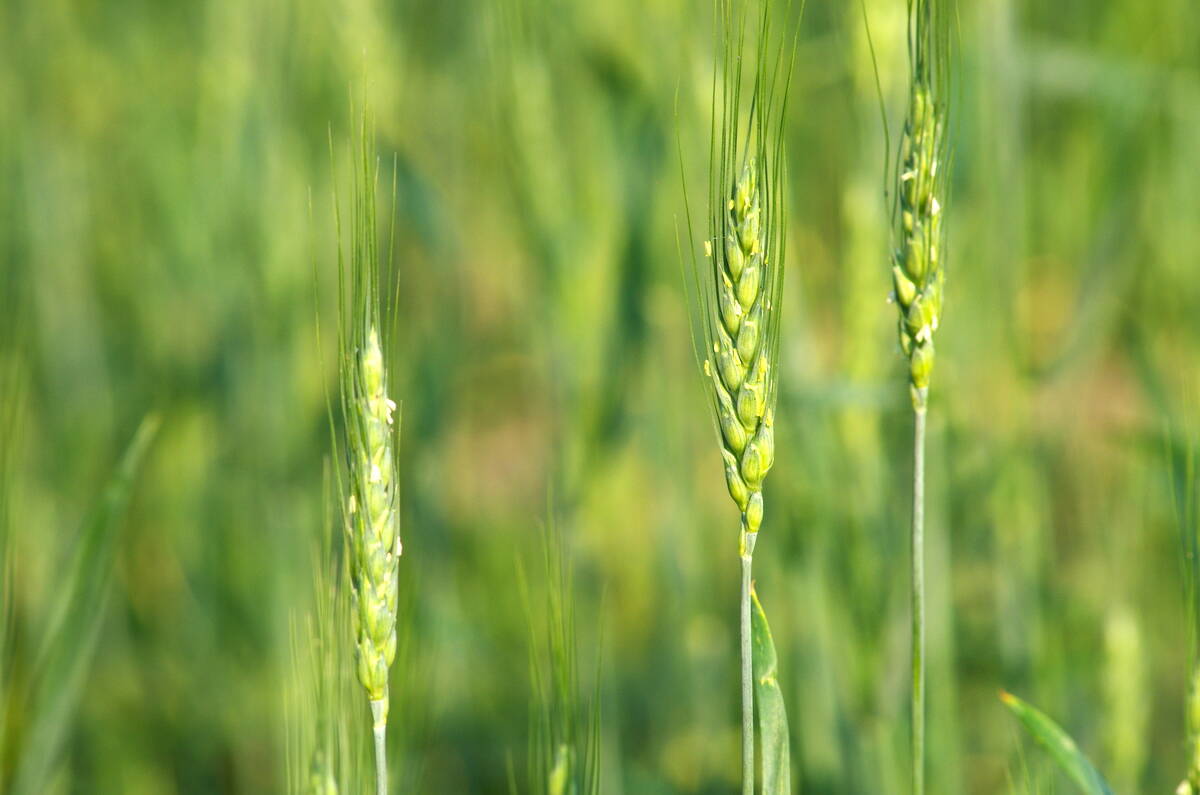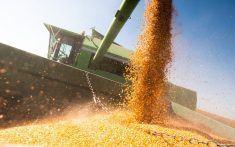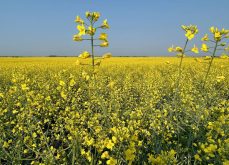MarketsFarm — Canadian farmers intend to plant more wheat and canola in 2023, with soybeans, corn and barley area also forecast to expand, according to Statistics Canada’s projections for field crop area.
The increases in those crops will come at the expense of oats, lentils and peas, with intended summerfallow area down to its smallest level on record, StatCan said Wednesday.
StatCan pegged total wheat area in the country at 27 million acres, which would be up by 6.2 per cent on the year. Of that total, durum was forecast to increase by 0.9 per cent at 6.1 million acres, while spring wheat is expected to be up by 7.6 per cent at 19.4 million. Favourable prices and strong demand were said to be tied to the increased wheat intentions.
Read Also

California researchers create nitrogen-fixing wheat
U.S. crop breeders have created a wheat variety capable of creating its own nitrogen fertilizer.
Canola area is forecast to increase by 0.9 per cent on the year, to 21.6 million acres. That would be in line with the five-year average, but at the lower end of pre-report expectations.
Soybean area in the country is forecast at 5.5 million acres, with corn at 3.7 million acres, for increases of 4.5 per cent and 2.8 per cent respectively. Manitoba is forecast to see the largest increase in soybean plantings, with 1.6 million intended acres, which would be up by 37.3 per cent on the year.
Canadian barley plantings are forecast at 7.1 million acres, which would be up by 0.6 per cent from 2022. Meanwhile, oats area is expected to decline by 22.4 per cent, to 3.1 million acres, as high stocks cut into prices over the past year.
Lentil and pea area is also expected to decline on the year, with expected lentil seedings of four million acres, down by eight per cent, and peas down by 4.6 per cent at 3.2 million acres.
Summerfallow is forecast to hit its lowest level in over 100 years of records, at 1.3 million acres. That compares with two million in 2022.
The latest acreage estimates were based off a survey conducted with 9,500 farmers from December 2022 to January 2023. That marked the first time the acreage intentions were compiled so early, as the data has historically been collected in March.
“This change is part of the ongoing AgZero initiative within the agriculture division at Statistics Canada, which aims to assess the feasibility of using alternative methods to produce quality estimates,” StatCan said in a release Wednesday.
Table: A recap of Statistics Canada’s acreage report as of April 2023. Pre-report expectations provided for comparison purposes. Figures are in millions of acres.
| StatCan, . | StatCan, | ||
| Crop | Trade projections. . | 2023-24 | 2022-23 |
| Barley | 7.000 – 7.660 | 7.085 | 7.045 |
| Canola | 21.650 – 22.300 | 21.597 | 21.396 |
| Flax | 0.625 – 0.770 | 0.689 | 0.779 |
| Lentils | 3.900 – 4.200 | 3.976 | 4.321 |
| Oats | 2.800 – 3.600 | 3.056 | 3.937 |
| Peas | 3.050 – 3.310 | 3.212 | 3.368 |
| All wheat * . | 25.500 – 27.000 | 26.968 | 25.388 |
| Durum | 5.700 – 6.100 | 6.062 | 6.006 |
* – “All wheat” includes spring wheat, durum wheat, and winter wheat remaining after winterkill.
















